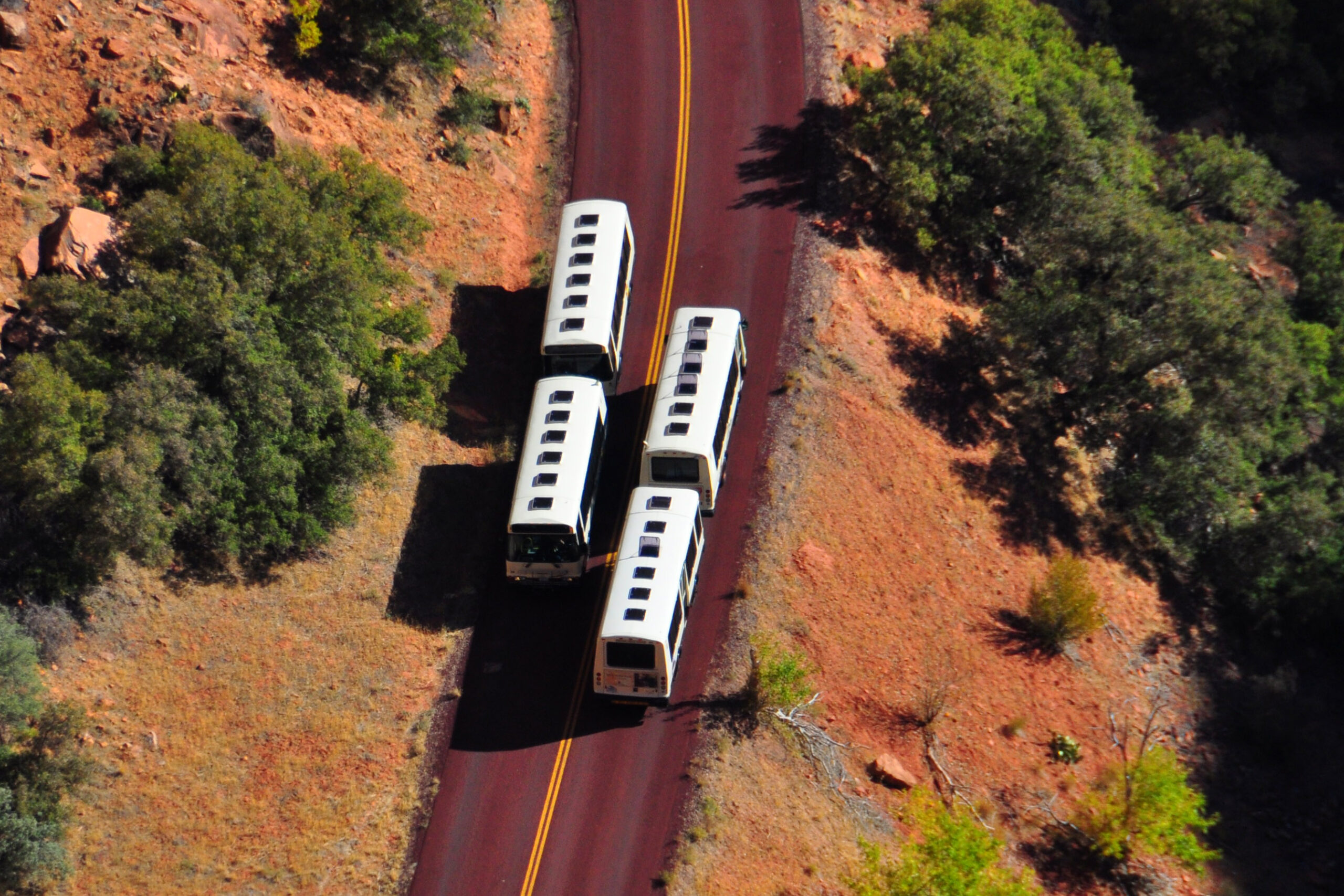Open autonomy and increased competition in the mining equipment and fleet management space are going to be key levers for resource developers looking to turn economically marginal ore deposits into dollars, The Electric Mine 2024 heard.
Mining heavyweights such as Rio Tinto, Hancock Prospecting and others are currently working closely with traditional mining and non-mining technology companies to advance development of smaller autonomous and electric vehicles, fleet management and potential swarm robotic mining applications.
Successful commercialisation is likely to open the door for many others sitting on resources that historically wouldn’t have interested the majors.
VP Commercial at Wenco International Mining Systems, Glen Trainor said at The Electric Mine 2024 in Perth, Western Australia, the mining industry’s increasing challenges with falling ore grades, deeper operations, longer ore and waste haulage routes and rising – not decreasing – energy consumption, were well documented.
Haul truck and drill rig autonomy had been shown to improve productivity at a limited number of sites so far. Electrification was the major test in front of the industry – to move away from its reliance on high-density and highly flexible diesel and gas at a time when energy use was growing – and autonomy loomed as an even bigger part of the economic equation in a new era, Trainor said.
Specifically, open autonomy. “Open autonomy will allow the mining companies to maintain mixed fleets [of equipment],” Trainor said. “Open, published standards that allow any vehicle autonomous system to talk to any fleet management system will invite competition. And competition is healthy for the industry. It will invite competition for autonomous systems from other industries into our industry; [competition] from other autonomous technology providers who may not own trucks, or who may not own fleet management systems [FMS]. They can now come into the mining industry and help the autonomy program.”
He added: “Enter smaller electric trucks into this scenario and now you have some innovation in the industry in terms of the potential for swarm mining. Smaller digger units to load smaller trucks – that allows more selective mining. All of this makes these satellite deposits easier to access. And what it will eventually do is allow us that potential to access these previously uneconomic deposits.”
Trainor said 35-year-old Wenco, owned by Japan’s Hitachi Construction Machinery, led a move from proprietary to open FMS databases two decades ago. It wasn’t a popular move among FMS suppliers then and that “parallels the situation with OEM autonomous solutions today.”
“The mining industry has been moving more towards open standards and published standards,” he said. “But unfortunately the OEM autonomy systems are moving away from integration standards. You are required to purchase that OEM truck, then you’re required to purchase that OEM’s autonomy system, then you’re required to purchase that OEM’s fleet management system. That eliminates the ability for the mining company to select best of breed. They can’t select the FMS system they want. They can’t keep their mixed fleets. We term this the closed stack.”
“We are part of Hitachi Construction Machinery. And we’re proud to be part of that autonomous solution. It’s a good solution. I’m not saying that OEM autonomous solutions are bad. They’ve proven themselves. They’re effective. They work. But what I’m saying is that they may not meet all of the challenges within the industry today.
Trainor continued: “HCE is very customer-centric. They are backing Wenco in this open autonomous program. They recognise as well that the open autonomy initiative will be better for the industry.”
Trainor said Wenco also recognised the business risk attached to ‘closed stack’ technologies. “If our customers wanted open autonomy they had to rip our systems out. So about eight years ago we started devising the plan for the open autonomous system to save that. These systems are not easy to replace. There is [embedded] integration with a lot of data sources out there. ERP systems, human resources, finance, engineering, mining, etc … To go in and redevelop all of those interfaces is a lot of work.”
Trainor said the ISO 23725 autonomous system and fleet management system interoperability standard opened the way for seamless integration of existing and new technologies, and for new players to come in and innovate in the mining arena. A long list of technology firms were developing autonomous systems for on and offroad vehicles. Not all would come into mining, but a number of new brands were already active in the market.
“On our side we’re working with the dispatch algorithms to ensure that the FMS can handle hundreds upon hundreds of trucks in a swarm,” Trainor said. “We heard from Freeport McMoRan [at the conference] that they already have 140 large trucks out there. With these smaller trucks we’re going to get to 200 or 300 vehicles.”
Asked if mining customers were actively looking to transition to autonomy and BE simultaneously, Trainor said: “I think what we’re seeing now is the preparation for it. They don’t want to commit to anything right now that’s going to lock them into a certain path. Having open autonomy available now means they have pieces in place that are dynamic and that can evolve. I think that’s where the open standard gives that flexibility and comfort; where you are not being locked into a solution at the moment.”
This story was written by Richard Roberts of InvestMETS, one of The Electric Mine 2024 Supporting Partners



